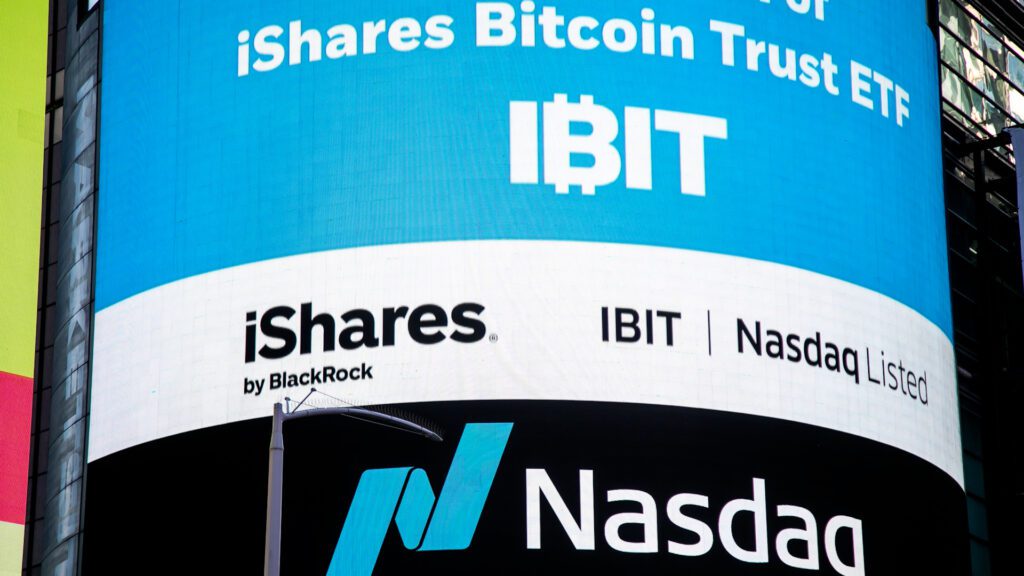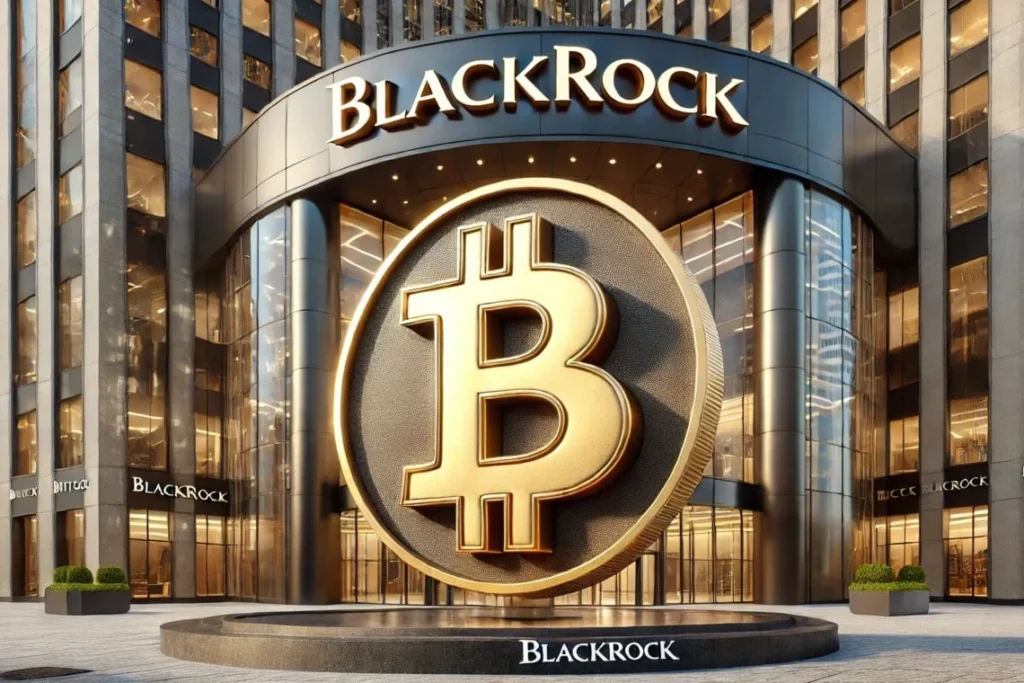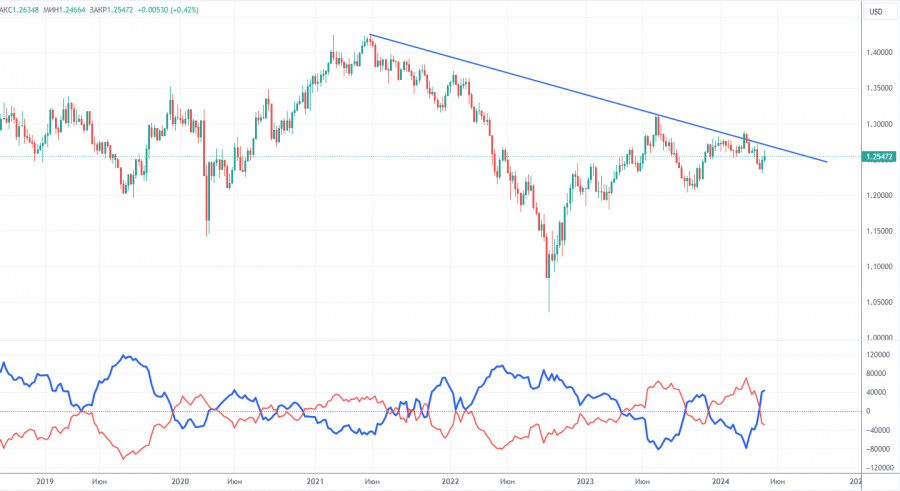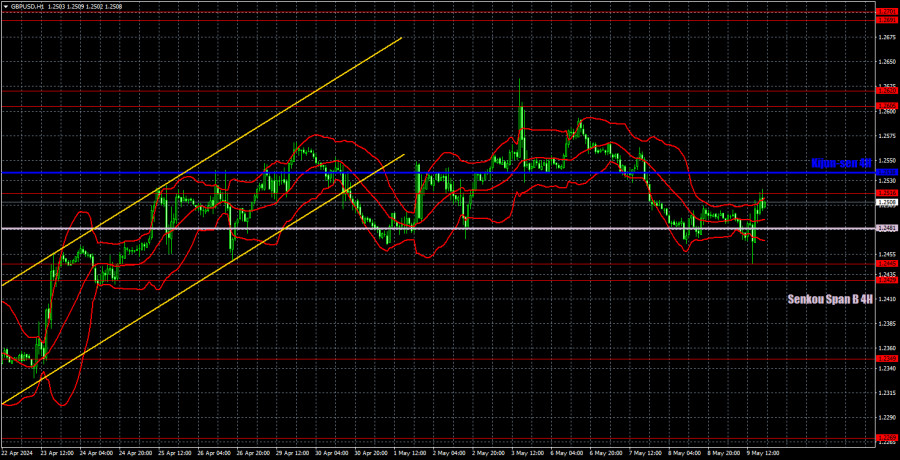Fond iShares Bitcoin Trust od společnosti BlackRock dosáhl historického úspěchu.
Pouhých 11 měsíců po svém uvedení na trh spravuje aktiva přesahující 50 miliard dolarů, což z něj činí nejrychleji rostoucí ETF v historii. Tento úspěch zastiňuje více než 50 ETF zaměřených na evropské trhy, z nichž mnohé dosahovaly podobných hodnot až po desítkách let.
Analytici a investoři označují IBIT za revoluční nástroj, který nejen změnil pohled na bitcoin, ale také posílil jeho postavení na globálních finančních trzích.
James Seyffart z agentury Bloomberg Intelligence označil růst IBIT za bezprecedentní. Při současné výši aktiv a nákladovém poměru 0,25 % může BlackRock očekávat roční příjmy přesahující 112 milionů dolarů pouze z tohoto jednoho fondu.
Tento úspěch podtrhuje nejen schopnost BlackRocku zavádět inovace, ale také rostoucí zájem o kryptoměny jako seriózní investiční nástroj.
Cesta k uvedení IBIT
Cesta ke schválení bitcoinového ETF v USA byla dlouhá a náročná. Již v roce 2013 podali bratři Winklevossové první žádost o vytvoření ETF navázaného na bitcoin. Tehdy se bitcoin obchodoval za méně než 100 dolarů, ale jejich návrh byl zamítnut americkou Komisí pro cenné papíry a burzy (SEC). Následovaly další pokusy, ale všechny čelily regulačním překážkám.

Klíčový zlom přišel v roce 2023, kdy společnost Grayscale Investments uspěla v soudním sporu proti SEC. Federální odvolací soud zrušil zamítnutí jejich žádosti o přeměnu bitcoinového trustu na ETF, což otevřelo dveře i dalším společnostem. BlackRock, jako největší světový správce aktiv s více než 11 biliony dolarů pod správou, vstoupil do hry s bezchybným přístupem k regulatorním procesům. Tento krok byl mnohými považován za znamení, že schválení ETF je otázkou času.
V lednu 2024 získal IBIT společně s fondy od Fidelity, VanEck a dalších zelenou. Tyto fondy, které přímo investují do bitcoinu, dnes spravují aktiva v hodnotě přes 107 miliard dolarů.
Bitcoin překonal 100 000 dolarů
Úspěch IBIT výrazně ovlivnil tržní cenu bitcoinu. Poprvé v historii překročila hranici 100 000 dolarů, což přitáhlo institucionální investory i drobné obchodníky, kteří dosud kryptoměny obcházeli. Cena bitcoinu se v roce 2024 zvýšila o 118 %, přičemž IBIT hrál klíčovou roli díky své likviditě a objemu obchodů.
Podle dat zaznamenal IBIT pouze devět dnů odlivu kapitálu od svého spuštění. V průměru představuje více než polovinu denního objemu obchodů ve skupině bitcoinových ETF, což podtrhuje jeho dominanci v tomto segmentu.
Konkurenční výhody BlackRocku
IBIT se odlišuje nejen svou velikostí, ale také inovacemi. Byl prvním bitcoinovým ETF s nabídkou opcí, které se rychle staly jedněmi z nejvíce obchodovaných kontraktů na trhu. Průměrný denní nominální objem opcí na IBIT dosahuje 1,7 miliardy dolarů, což jej řadí mezi nejvýznamnější ETF z hlediska derivátového trhu.
Úspěch BlackRock však neprošel bez kontroverzí. Někteří účastníci trhu kritizovali postup SEC, která údajně zvýhodnila BlackRock oproti ostatním společnostem, jež podaly žádost dříve. Tento přístup mohl podle kritiků vytvořit nerovné podmínky pro emitenty a zvýhodnit BlackRock při spuštění IBIT.

Výhled a konkurence
IBIT má potenciál stát se největším bitcoinovým ETF na světě. Analytici předpovídají, že by mohl v roce 2025 překonat SPDR Gold Shares, největší zlatý ETF, pokud nedojde k výraznému poklesu ceny bitcoinu. Zatímco BlackRock pokračuje v dominanci na poli kryptoměn, jeho hlavní konkurent Vanguard zůstává stranou.
Vanguard se rozhodl nenabízet ETF navázané na bitcoin, což může omezit jeho přitažlivost pro mladší generaci investorů, kteří stále více považují kryptoměny za standardní součást portfolia.
Revoluce na trhu ETF
Fond iShares Bitcoin Trust přinesl revoluci nejen na trh bitcoinových ETF, ale také do širšího finančního světa. Jeho úspěch ukazuje, jak mohou inovace, načasování a regulační přijetí změnit pravidla hry v investičním sektoru. IBIT nejen posílil důvěru v kryptoměny, ale také ukázal, že bitcoin může být seriózní alternativou k tradičním investičním třídám, jako je zlato.
S dalším růstem poptávky po kryptoměnách a inovacích od lídrů, jako je BlackRock, má IBIT šanci stát se vzorem pro budoucí generace ETF navázaných na digitální aktiva.
On Thursday, GBP/USD didn't even try to continue its downward movement. It seems that the market believes that it was enough for them to trade bearish for two days, and that it was inappropriate to open short positions based on mixed information from the Bank of England. In our opinion, everything about the BoE meeting was quite straightforward. Inflation in the UK is slowing down, the economy is stagnant, the central bank sent a signal that it is ready to move towards monetary policy easing in 2024, BoE Governor Andrew Bailey did not rule out a rate cut even at the next meeting, and two Monetary Policy Committee members voted for a rate cut. How much more dovish does the results need to be for the market to start selling the pound? Or did any market participants expect the central bank to start cutting rates in May with inflation above 3%? They waited, and then they were disappointed.
In our opinion, the pound had no grounds to rise. Of course, this is not the pound's fault, as the market dictates the course, not the other way around. However, once again, the pair failed to overcome the range of 1.2429-1.2445, one of the areas that has been significantly hindering the pound's progress in either direction. At the same time, it's hard to tell what trend has emerged in the market right now. The pair is between the Kijun-sen and Senkou Span B lines, has left the ascending channel, but couldn't stay below the nearest support (1.2429-1.2445). Perhaps, a flat once again?
However, the trading signals were quite good. As soon as the pound started moving, good signals were formed immediately. First, the pair bounced off the level of 1.2445, an accurate move. Then it tested the level of 1.2512. Therefore, one could earn about 50 pips on this trade alone.

COT reports on the British pound show that the sentiment of commercial traders often changes in recent years. The red and blue lines, which represent the net positions of commercial and non-commercial traders, constantly intersect and, in most cases, remain close to the zero mark. According to the latest report on the British pound, the non-commercial group closed 4,800 buy contracts and 2,000 short ones. As a result, the net position of non-commercial traders decreased by another 2,800 contracts in a week. Sellers continue to hold their ground. The fundamental background still does not provide a basis for long-term purchases of the pound sterling, and the currency finally has a real chance to resume the global downward trend. The trend line on the 24-hour TF clearly shows this. Almost all of the factors point to the pound's decline.
The non-commercial group currently has a total of 43,700 buy contracts and 72,700 sell contracts. Now the bears are in control and the pound has a huge potential to fall. We can only hope that inflation in the UK does not accelerate, or that the Bank of England will not intervene.

On the 1H chart, GBP/USD continues to go through a bullish correction, which could turn into anything. Since the price could not overcome the area of 1.2605-1.2620, there are hopes of bringing back the downward trend in the medium-term. However, yesterday the pound also failed to break through the area of 1.2429-1.2445, so this postponed the downward movement. Everything is pointing towards a new flat.
As of May 10, we highlight the following important levels: 1.2215, 1.2269, 1.2349, 1.2429-1.2445, 1.2516, 1.2605-1.2620, 1.2691-1.2701, 1.2786, 1.2863, 1.2981-1.2987. The Senkou Span B line (1.2481) and the Kijun-sen (1.2538) lines can also serve as sources of signals. Don't forget to set a Stop Loss to breakeven if the price has moved in the intended direction by 20 pips. The Ichimoku indicator lines may move during the day, so this should be taken into account when determining trading signals.
On Friday, the UK will release important reports on GDP and industrial production. However, yesterday, we already saw how the market reacts to incoming information. To be brief, it's absolutely illogical. The BoE's meeting was the least hawkish of all possible outcomes, yet the British pound inexplicably rose again. Therefore, today, the pair has a low chance of falling below the area of 1.2429-1.2445.
Support and resistance levels are thick red lines near which the trend may end. They do not provide trading signals;
The Kijun-sen and Senkou Span B lines are the lines of the Ichimoku indicator, plotted to the 1H timeframe from the 4H one. They provide trading signals;
Extreme levels are thin red lines from which the price bounced earlier. They provide trading signals;
Yellow lines are trend lines, trend channels, and any other technical patterns;
Indicator 1 on the COT charts is the net position size for each category of traders;